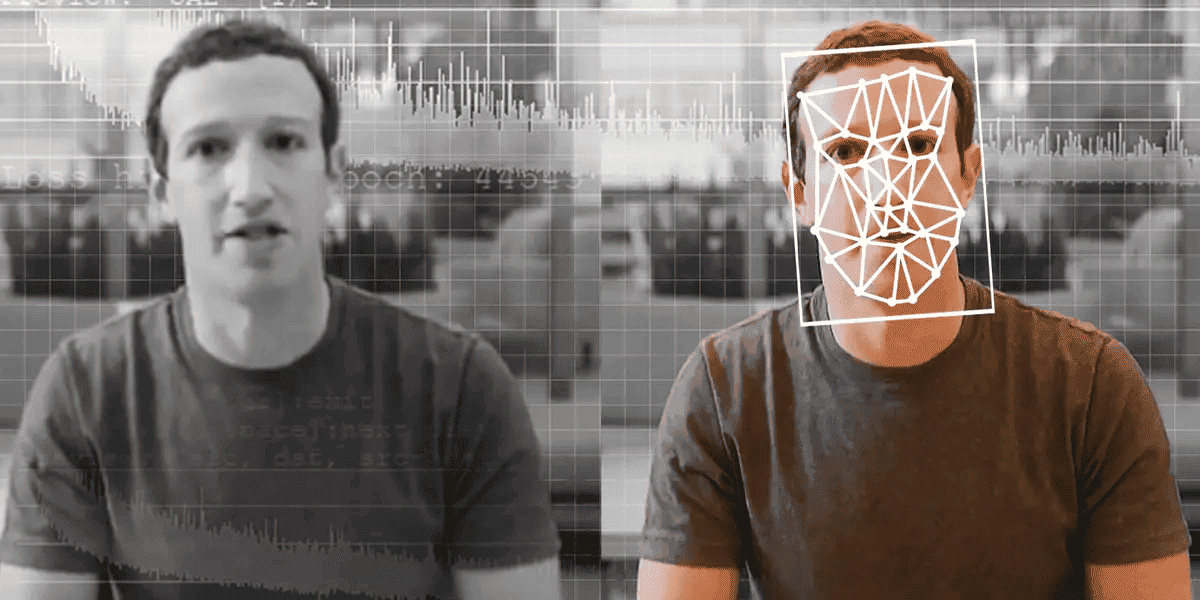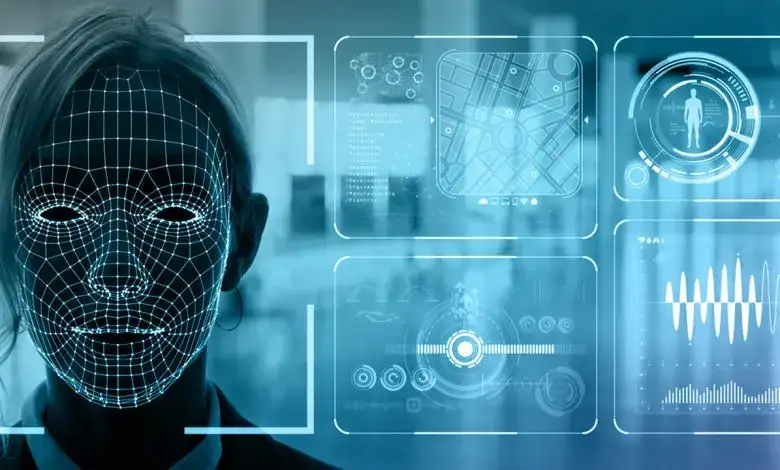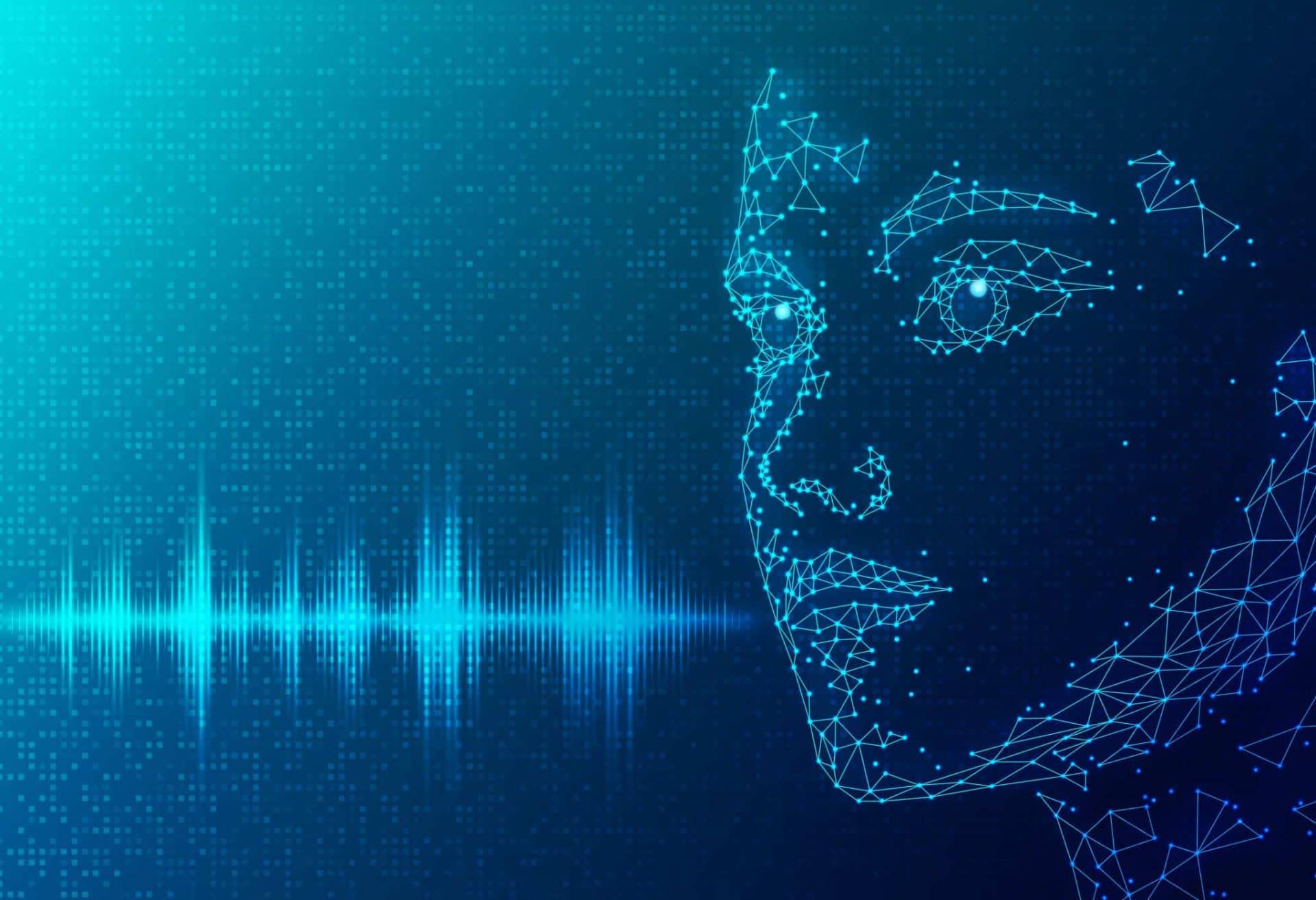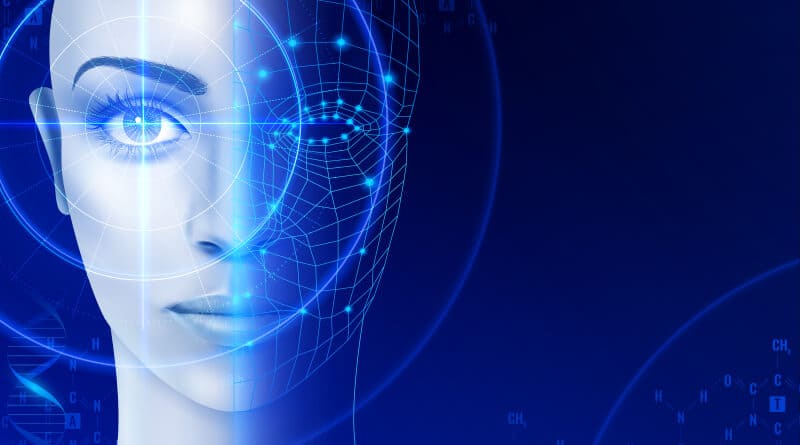The following guide explains How to Spot Deepfakes in seconds.
In a rapidly evolving digital world, a new menace has emerged in the form of deepfakes.
These are manipulated images or videos, produced with the aid of artificial intelligence (AI), that portray individuals saying or doing things they never did.

The sophistication of this technology presents serious challenges for individuals and organizations alike, with potential misuses ranging from identity theft to the distribution of malicious misinformation.
As the technology behind deepfakes continues to advance, it becomes increasingly difficult to distinguish these AI-generated falsifications from authentic media.
However, certain telltale signs can help in spotting deepfakes. This guide aims to provide an in-depth understanding of how to spot deepfakes by identifying these signs.
What Are Deepfakes?
Before delving into the details of how to spot deepfakes, it’s important to understand what is a deepfake.
The term ‘deepfake’ is a blend of ‘deep learning’ and ‘fake’, indicating the use of AI technologies to create deceptive digital content.

Deepfakes are created by employing machine learning algorithms that can analyze a large amount of visual or audio data and then generate realistic-looking or sounding content based on that data.
This content can include anything from still images to moving videos and even voice recordings.
The Impact of Deepfakes
Deepfakes have a broad range of applications, from harmless entertainment to potentially harmful misinformation campaigns. For instance, they can be used to generate funny videos, such as celebrities being cast in roles they never played.
However, the darker side of deepfakes comes into play when they are used to fabricate false narratives or impersonate individuals for malicious purposes.

The potential misuse of deepfakes presents significant threats to both individuals and organizations. As such, learning how to spot deepfakes is crucial to prevent falling victim to fraud or disinformation.
How To Spot Deepfakes
Despite the increasing sophistication of deepfake technology, there are still some common signs that can help in spotting deepfakes.

Here are five key techniques to identify these AI-generated imitations:
1. Unnatural Eye Movements
One of the most common giveaways in a deepfake video is unusual eye movement. This could manifest as infrequent blinking or unnatural shifts in gaze. The complexity of replicating natural eye movements makes it a challenging task for deepfake algorithms.
2. Mismatches in Color and Lighting
Inconsistencies in skin tones, lighting conditions, or the position of shadows can also be indicative of a deepfake. Any apparent discrepancies in these visual elements when compared to original reference materials may suggest that the content has been manipulated.
3. Inconsistencies in Audio Quality
Deepfake technology often prioritizes visual manipulation over audio, which can lead to noticeable discrepancies in audio quality. Poor lip-syncing, robotic voices, unusual pronunciation, or digital background noise can all be indicators of a deepfake.
4. Awkward Movement or Body Shape
Deepfakes typically focus on the face, often neglecting to accurately replicate the rest of the body. As a result, you might notice odd body proportions, awkward postures, or disjointed movements in a deepfake video.
5. Artificial Facial Movements
Facial movements in a deepfake might not align with the emotion being expressed in the dialogue. Additionally, signs of facial morphing or image stitching could suggest the use of deepfake technology.

Additional Indicators to Spot Deepfakes
While the above-mentioned signs can be helpful in spotting deepfakes, there are also a few additional indicators to look out for:
Unnatural Positioning of Facial Features
If the face and nose of a person seem to be pointing in different directions, it could be a sign that the video is a deepfake. Similarly, irregular positioning of other facial features can also indicate manipulation.
Disproportionate Head or Body Positioning
In a deepfake, the head and body might appear to be in unnatural positions or display inconsistent movements. This is another common sign of AI-generated content, as deepfake technology often struggles to convincingly replicate the full-body movements of a person.

Protecting Yourself from Deepfakes
Understanding how to spot deepfakes is the first step towards safeguarding yourself against potential fraud or disinformation. It’s important to stay alert and practice good digital hygiene, such as verifying the source of media content before sharing it.
As deepfake technology continues to evolve, so too should our methods for detecting it. By staying informed about the latest developments in this field and learning how to spot deepfakes, we can help mitigate the potential harm caused by these AI-generated falsities.
In conclusion, with the rise of AI and machine learning technologies, deepfakes present a new challenge in the digital landscape.
By learning how to spot deepfakes and staying informed about the latest developments in this field, we can help mitigate their potential harm and ensure a safer digital environment for everyone.
We suggest visiting the Massachusetts Institute of Technology (MIT) “Detect Fakes” resource for practice on detecting deepfake media.
For more information and tips on spotting deepfakes, we suggest watching the video below.
How to Spot Deepfakes FAQs
What are deepfakes?
Deepfakes are manipulated images or videos, created using artificial intelligence, that portray individuals saying or doing things they never did.
How can you spot a deepfake?
There are several techniques to spot deepfakes, including looking for unnatural eye movements, mismatches in color and lighting, inconsistencies in audio quality, awkward movement or body shape, and artificial facial movements.
Why do we need to learn how to spot deepfakes?
The potential misuse of deepfakes can lead to serious issues such as identity theft, spread of misinformation, and other forms of fraud. Therefore, learning how to spot deepfakes is crucial to prevent falling victim to these potential harms.
Are all deepfakes harmful?
No, not all deepfakes are harmful. They can be used for harmless entertainment purposes such as creating funny videos. However, when used irresponsibly, deepfakes can lead to serious issues.
Can deepfakes be completely eliminated?
While advancements in technology are being made to detect and combat deepfakes, completely eliminating them is unlikely due to the evolving nature of AI technologies. This is why it’s important to learn how to spot deepfakes and stay vigilant.